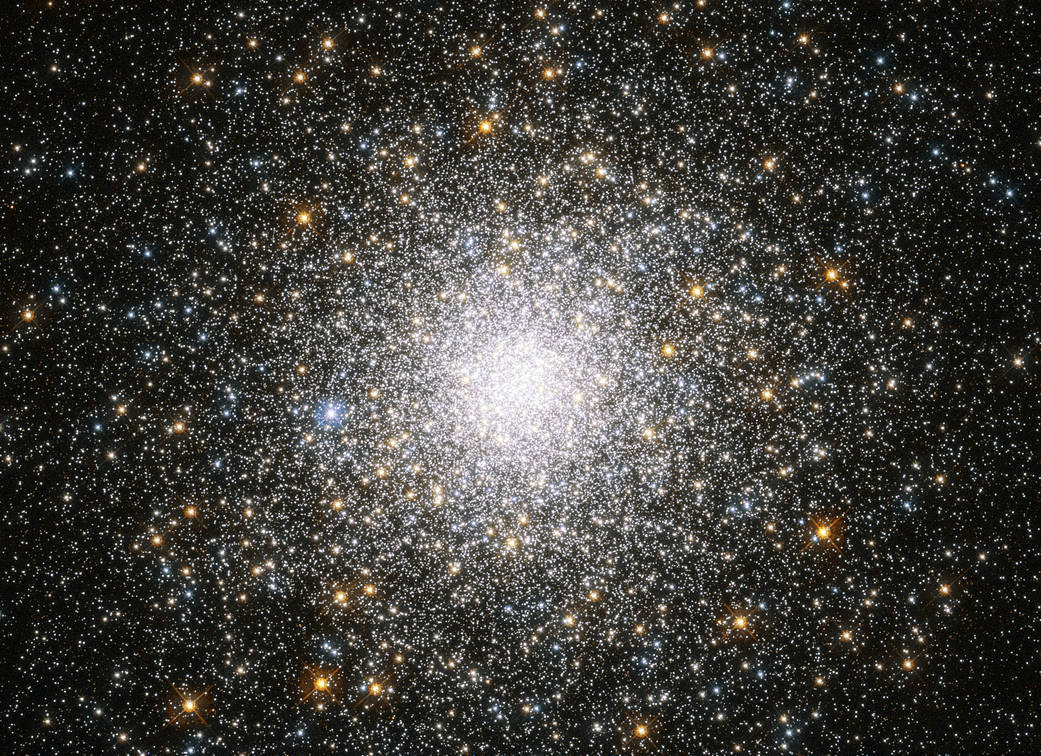This solar system has three stars, and that's not even the weirdest part

Image source: NASA/ESA
By Mike Wehner @MikeWehner
September 3rd, 2020 at 11:13 PM
Astronomers have observed what they believe is a triple-star system in space surrounded by a chaotic disc of dust that could form planets.
The stars orbit each other and the dust disc is shredded in different directions.
The researchers believe there’s enough material orbiting these stars to make 30 Earths.
On Earth, we see one big star, the Sun, and a whole bunch of tiny ones in the distance. Science fiction has long promised that there are planets orbiting multiple stars, and science quickly backed that up. Now, in what might be a first-of-its-kind discovery, researchers believe they’ve spotted a triple-star system with plenty of material to create exoplanets.
The research, which was published in the journal Science, can’t offer us anything conclusive in the way of a “Tatooine-like world,” but it does tease us with the possibility. Is there a planet lurking in the mass of dust and debris? We can’t help but wonder.
As the scientists explain in the paper, the trio of stars were discovered using the European Southern Observatory’s Very Large Telescope, with help from the Atacama Large Millimeter/submillimeter Array. That’s a whole lot of cosmic gazing power at work, and what the researchers spotted was evidence of a three-star system tearing apart a disc of dust and material that would normally go on to form planets and moons.
Typically, when a star forms it draws in material nearby — or sometimes that material is already waiting in orbit around the star, depending on where it formed. Over time, the material settles into a disc-like shape where matter bunches up into larger and larger spheres. Those orbs crash into each other sometimes, while other smaller chunks form moons that end up trapped in orbit around larger bodies. It’s a delicate dance, but when you add two more stars to the mix, things get really wild.
More:
https://bgr.com/2020/09/03/three-star-system-astronomy/
